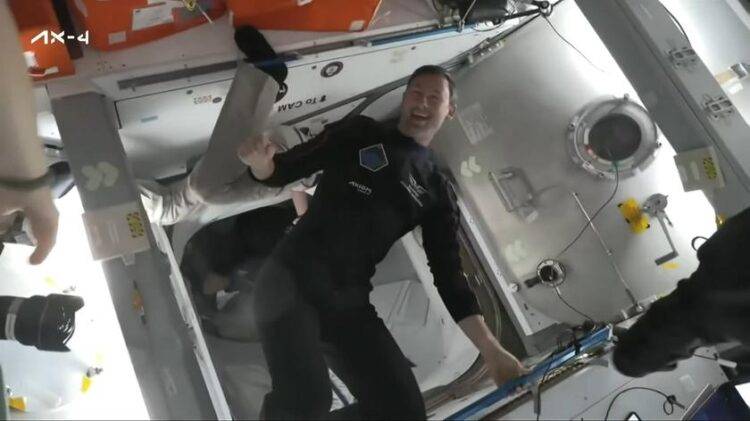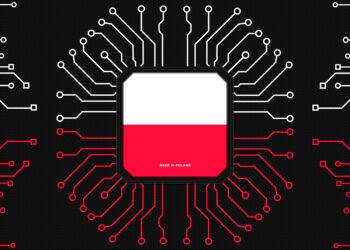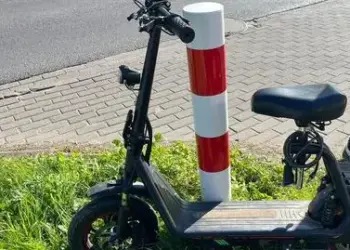Sławosz Uznański-Wiśniewski made history Thursday as the first Polish astronaut to board the International Space Station (ISS), marking a milestone for Poland’s space ambitions and the country’s growing role in international scientific collaboration.
Uznański-Wiśniewski’s journey began early Wednesday, when a SpaceX Falcon 9 rocket carrying the Dragon capsule launched from NASA’s Kennedy Space Center in Florida at 8:31 a.m. local time. The mission, known as Ax-4, is the fourth commercial crewed flight organized by Axiom Space, a U.S.-based private space company.
After a nearly 28-hour journey through orbit, the Dragon capsule entered the ISS’s approach sphere early Thursday. The docking procedure began just before noon Polish time, with the capsule pausing at several key checkpoints — known as Waypoints 0, 1, and 2 — as it drew closer to the station. At 12:31 p.m., the capsule made its initial “soft capture” with the station, followed by the securing of docking hooks at approximately 12:40 p.m.
“Welcome aboard the International Space Station. It is an honor to have you with us,” came the greeting from ISS mission control, moments after the successful docking but before the hatches were opened. The crew then waited for the pressure between the capsule and the station to equalize, a process that took about two hours due to a brief communication issue with the Dragon capsule, which was resolved after a system reset.
At 2:14 p.m CEST., both hatches were opened, and Uznański-Wiśniewski, along with his Ax-4 crewmates — Shubhanshu Shukla of India, Tibor Kapu of Hungary, and American mission commander Peggy Whitson — floated into the ISS, greeted by the current station residents, including NASA astronauts Nichole Ayers and Anne McClain.
“We are very happy to be here. It’s been a long journey,” Whitson said during the arrival ceremony, which was broadcast live on Polish television and followed closely by viewers across Poland.
The Ax-4 mission is a landmark not only for Poland but also for the broader international space community. Uznański-Wiśniewski’s presence on the ISS is the result of a collaboration between Poland’s Ministry of Development and Technology and the European Space Agency (ESA), culminating in the IGNIS technology and science mission. The agreement paved the way for a Polish astronaut to participate in a series of scientific experiments and educational outreach activities aboard the station.
During his time on the ISS, Uznański-Wiśniewski will conduct 13 experiments designed by Polish companies and research institutions, focusing on testing new technologies and scientific concepts in the unique environment of microgravity. The mission also includes 30 educational demonstrations and science shows, as well as live communications with Polish amateur radio operators, aiming to inspire the next generation of scientists and engineers in his home country.
The docking and arrival procedures were closely monitored by the ISS flight control team at NASA’s Johnson Space Center in Houston, Texas, while astronauts Ayers and McClain oversaw the final phases of the docking from aboard the station.
The significance of Uznański-Wiśniewski’s mission was underscored by the special programming and nationwide coverage in Poland, where the event was celebrated as a major achievement for the country’s scientific community.
As the Ax-4 crew settles into their temporary new home, their arrival signals not only a personal triumph for Uznański-Wiśniewski but also a testament to the expanding role of private and international partnerships in human spaceflight.


















